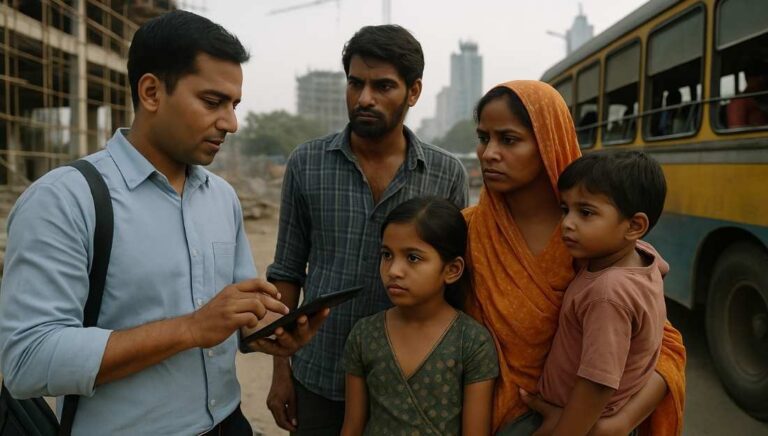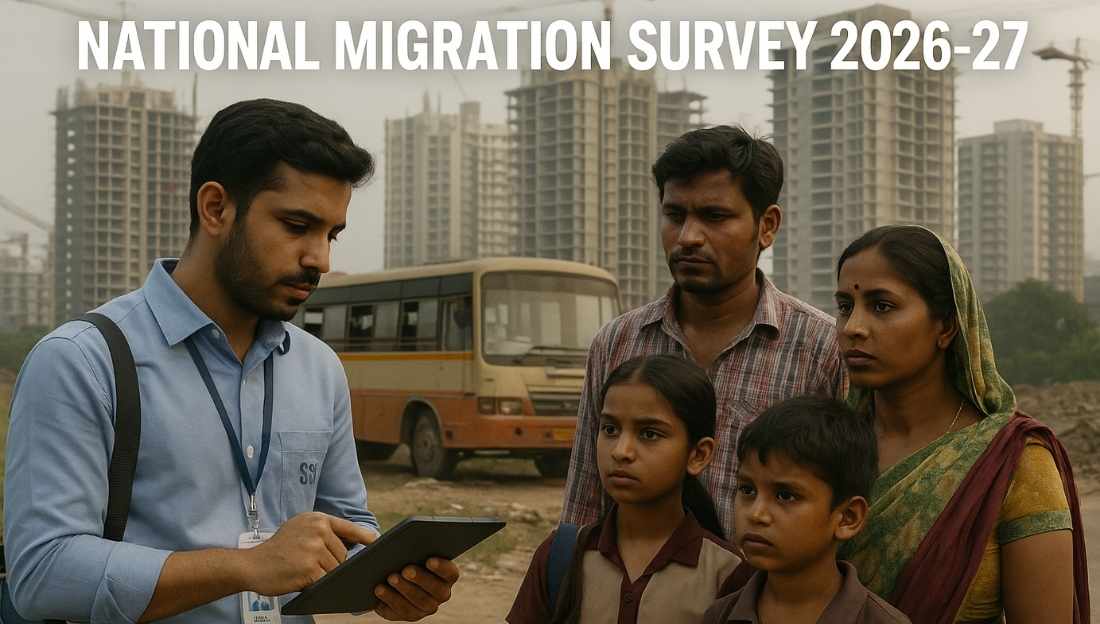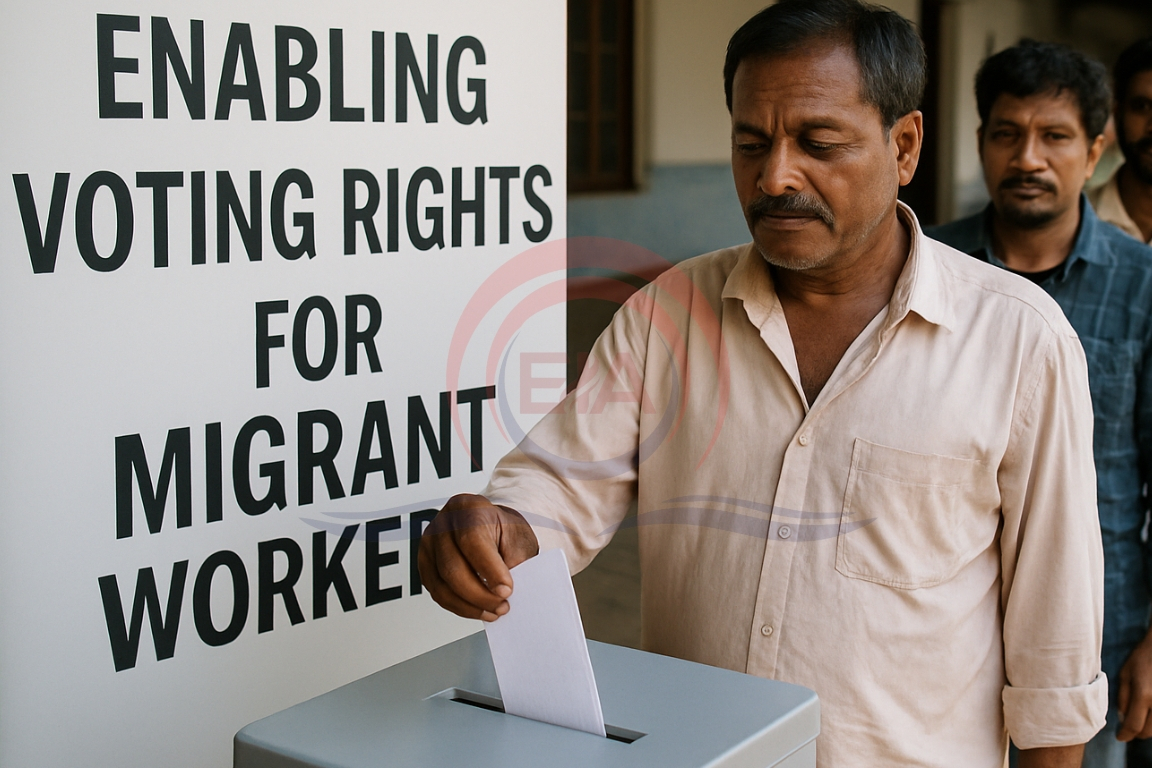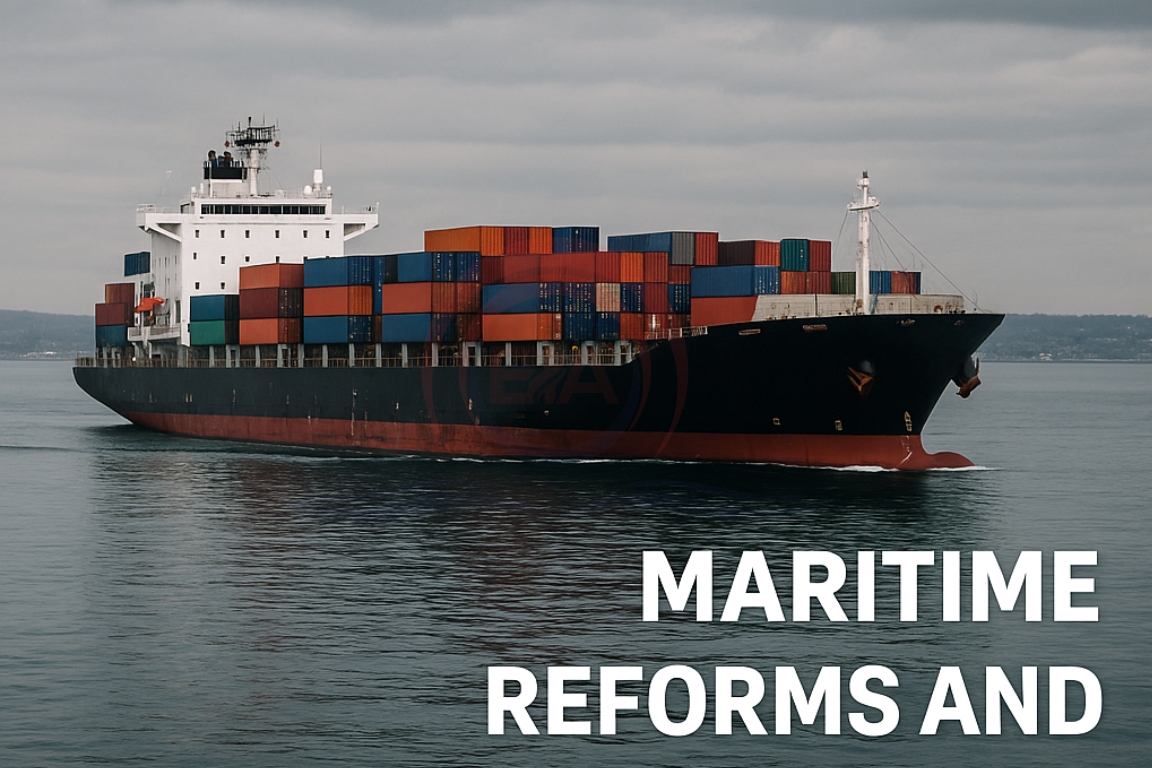The Ministry of Statistics and Programme Implementation (MoSPI) has announced that the National Statistics Office (NSO) will conduct a year-long nationwide survey from July 2026 to June 2027.
This will be India’s most comprehensive migration study since 2007–08, filling long-standing data gaps.
About the National Migration Survey (2026–27)
- A nationwide household survey covering all states and Union Territories, except remote parts of the Andaman & Nicobar Islands.
- Focuses on individual-level migration, which represents the majority of population movement in India.
- Captures short-term, long-term, and inter-state migration, including return migration, which has grown since the pandemic.
- Collects data on employment shifts, income, health, education, housing, and remittance flows.
- Uses digital handheld devices for real-time and more reliable data recording.

Historical Background
- Previous dedicated migration surveys were held in 1955, 1963–64, and 2007–08.
- After 2007–08, information on migration was captured only partly through the Periodic Labour Force Survey (PLFS).
- Traditional trends show female migration mainly linked to marriage, while male migration is largely for work.
Need for the Survey
- Addresses a 17-year gap in national migration estimates.
- Helps understand economic mobility, urbanisation, inter-state labour flows, and climate-related displacement.
Revised Definitions and Methodology
- Short-term migrants: Redesigned to include stays from 15 days to less than 6 months for work or job search.
- Broader reasons captured: employment, education, marriage, distress movement, climate stress, and displacement.
- Includes new indicators on well-being, access to services, and living conditions post-migration.
- Utilises GPS-enabled validation for improving data accuracy.
- Introduces a separate return migration category to capture cyclical labour movements.
This topic is available in detail on our main website.





